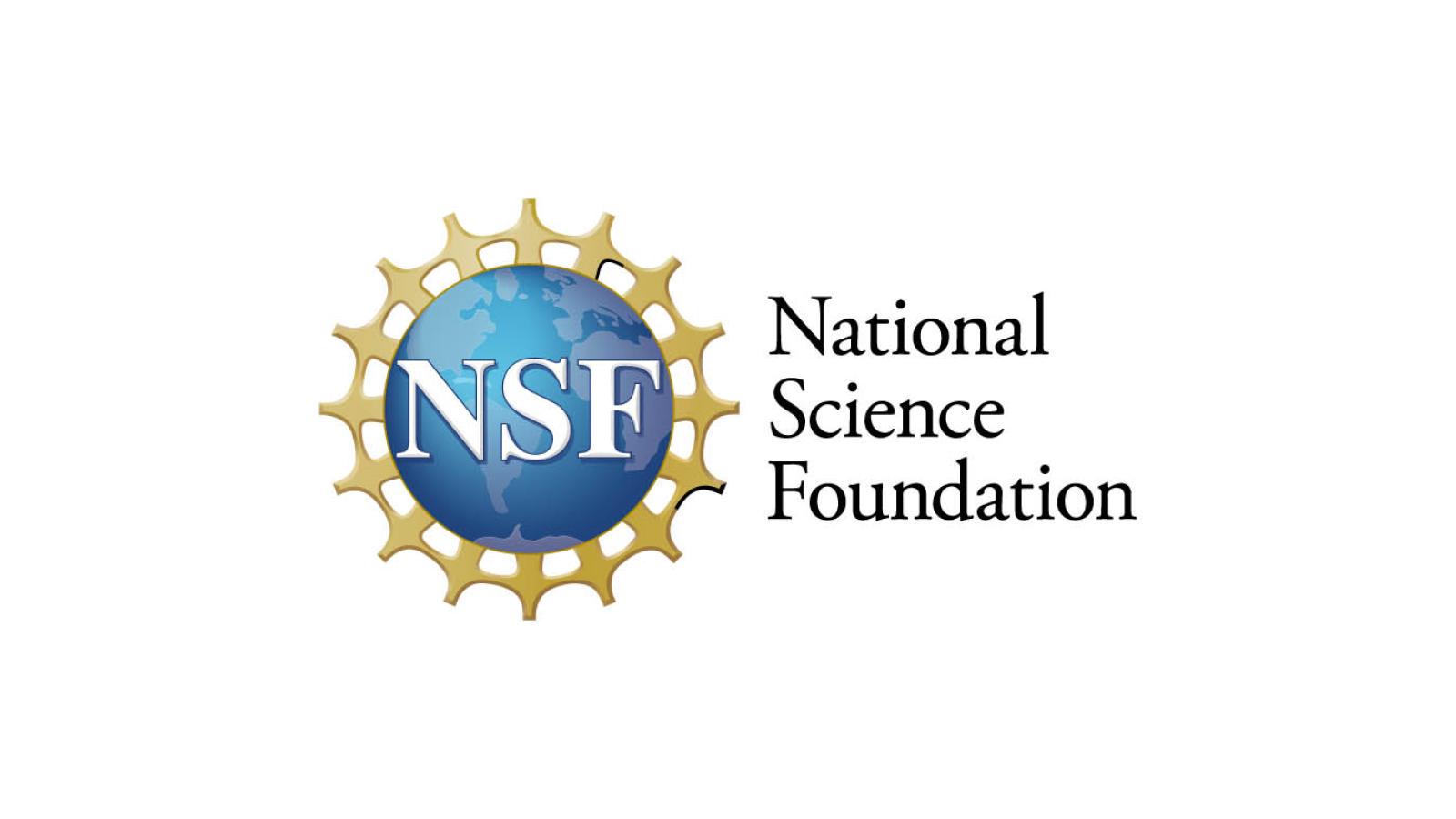Also known as the Guliya Dust Project (GDP) funded by the NSF-P2C2 program (award #2002521)
The broad scientific objectives of the GDP are to:
provide the most comprehensive ice core paleo aeolian dust dataset of the Northern Hemisphere by characterizing the radiogenic, geochemical, mineralogical, and morphological properties of mineral particles preserved in a >16kyr and a >125kyr ice core from the Guliya ice cap in Northwest Tibet; and
combine these new paleo dust data with climate model simulations under different climate scenarios to understand the Asian dust cycle sensitivity to climate changes on orbital scales and during abrupt climatic events.
This research project not only documents the variability of the nature of aeolian dust throughout late Pleistocene in arid Asia, but also characterizes the mechanisms through which the dust emission sources and transport are linked to the Westerlies and the Indian Summer Monsoon (ISM) systems.
Our analytical approach is two-fold:
The geochemical characterization of the Guliya dust serves as a tool to track its geographical sources through time. The changes in dust source provides insights on the response of NW Tibetan climate (driven by the ISM/Westerlies systems) to orbital forcings.
Model (iCESM) experiments are being conducted in parallel to the dust geochemical investigation to simulate the paleo-synoptic conditions over the Third Pole region.
The Guliya dust records fills a spatial gap in the mid-latitudes and link the mineral dust cycles of both polar and non-polar regions on orbital time scales. The comparison of the isotopic signature of the Guliya ice core dust to that in Canadian and Greenland ice cores could aid in documenting when Central Asian deserts have served as sources of mineral particles to high northern latitudes over the late Quaternary.
Project Team:
The GDP constitutes an interdisciplinary research effort, involving early-, mid-, and senior-career scientists in glaciology, geochemistry, mineralogy, atmospheric science, and paleoclimate modeling. Here we are:
Dr. Emilie Beaudon (PI), Byrd Polar and Climate Research Center, Ohio State University
Prof. Lonnie G. Thompson (Co-PI), Byrd Polar and Climate Research Center, Ohio State University
Prof. Ellen Mosley-Thompson (Co-PI), Byrd Polar and Climate Research Center, Ohio State University
Prof. Zhengyu Liu (Co-PI), Department of Geography, Ohio State University
Prof. Elizabeth Griffith, School of Earth Sciences, Ohio State University
Dr. Julie Sheets, School of Earth Sciences, Ohio State University
Dr. Jason Cervenec, Byrd Polar and Climate Research Center, Ohio State University
Collaborators:
Prof. Howie Scher, School of the Earth, Ocean, and Environment, University of South Carolina
Prof. Michael Bizimis, School of the Earth, Ocean, and Environment, University of South Carolina
Dr. Jim Sexton, Center for Elemental Mass Spectrometry Laboratory, University of South Carolina
Dr. Anthony Lutton, School of Earth Sciences, Ohio State University
Dr. John Olesik, School of Earth Sciences, Ohio State University
Prof. Yonggang Liu, Department of Atmospheric and Oceanic Sciences, Peking University, China
Related Links and News Stories:
Information about this publication can be found online:
Byrd Polar and Climate Research Center news story: A Promising Paleo-Environmental Messenger
Ohio State News: Desert dust collected from glacier ice helps document climate change
Publications
Thompson, L.G., J. P. Severinghaus, T. Yao, M. E. Davis, E. Mosley-Thompson, E. Beaudon, M. R. Sierra-Hernández and S. E. Porter. 2022. Use of δ18Oatm in dating a Tibetan ice core record of Holocene/Late Glacial climate. Proceedings of the National Academy of Sciences. 119 (45). https://doi.org/10.1073/pnas.2205545119. PDF | Supplementary Information
Beaudon, E., J. M. Sheets, E. Martin, M. R. Sierra-Hernández, E. Mosley-Thompson, and L. G. Thompson. 2022. Aeolian dust preserved in the Guliya ice cap (Northwestern Tibet): a promising paleo-environmental messenger. Geosciences. 12(10), 366. https://doi.org/10.3390/geosciences12100366. PDF



